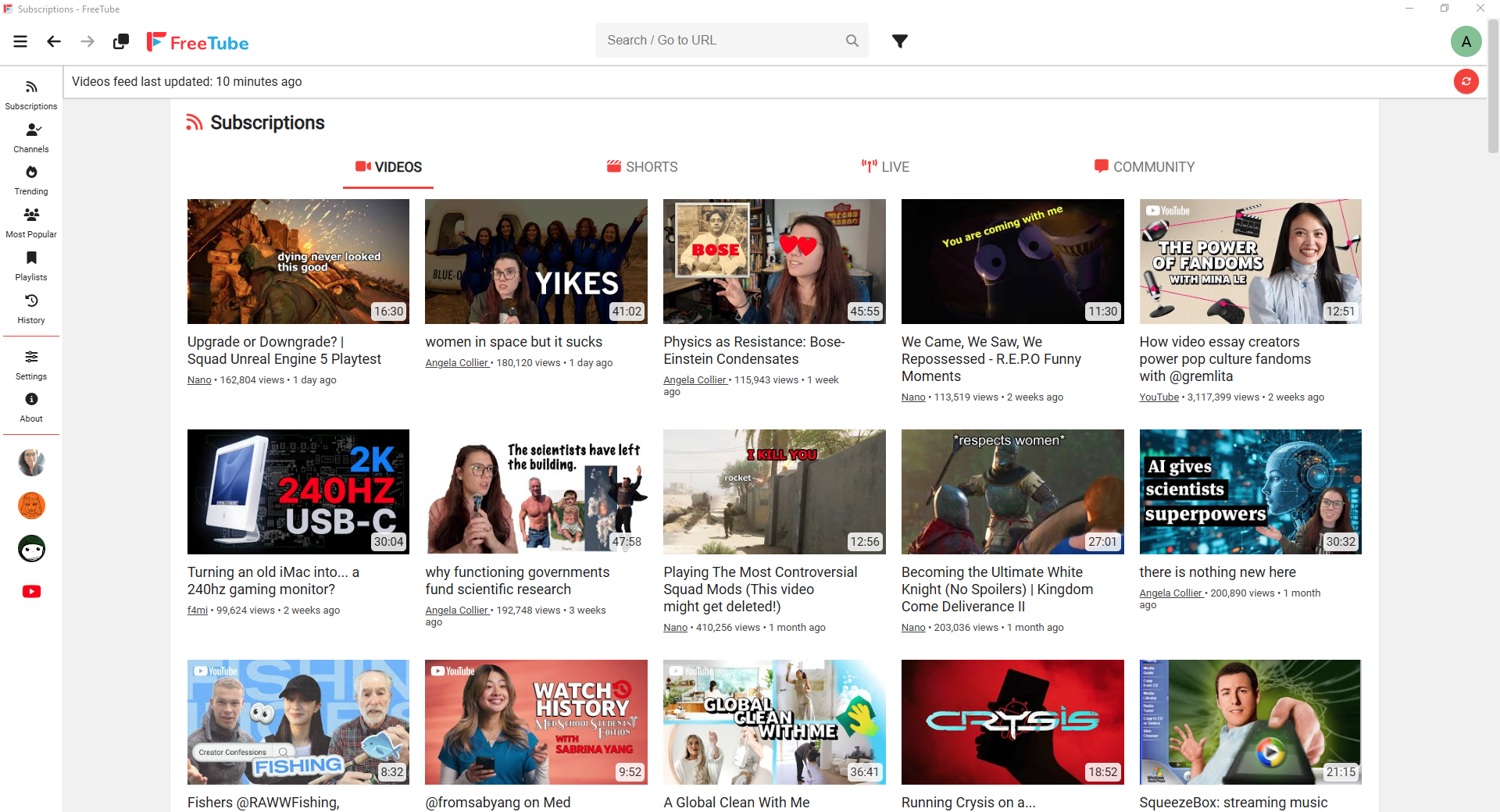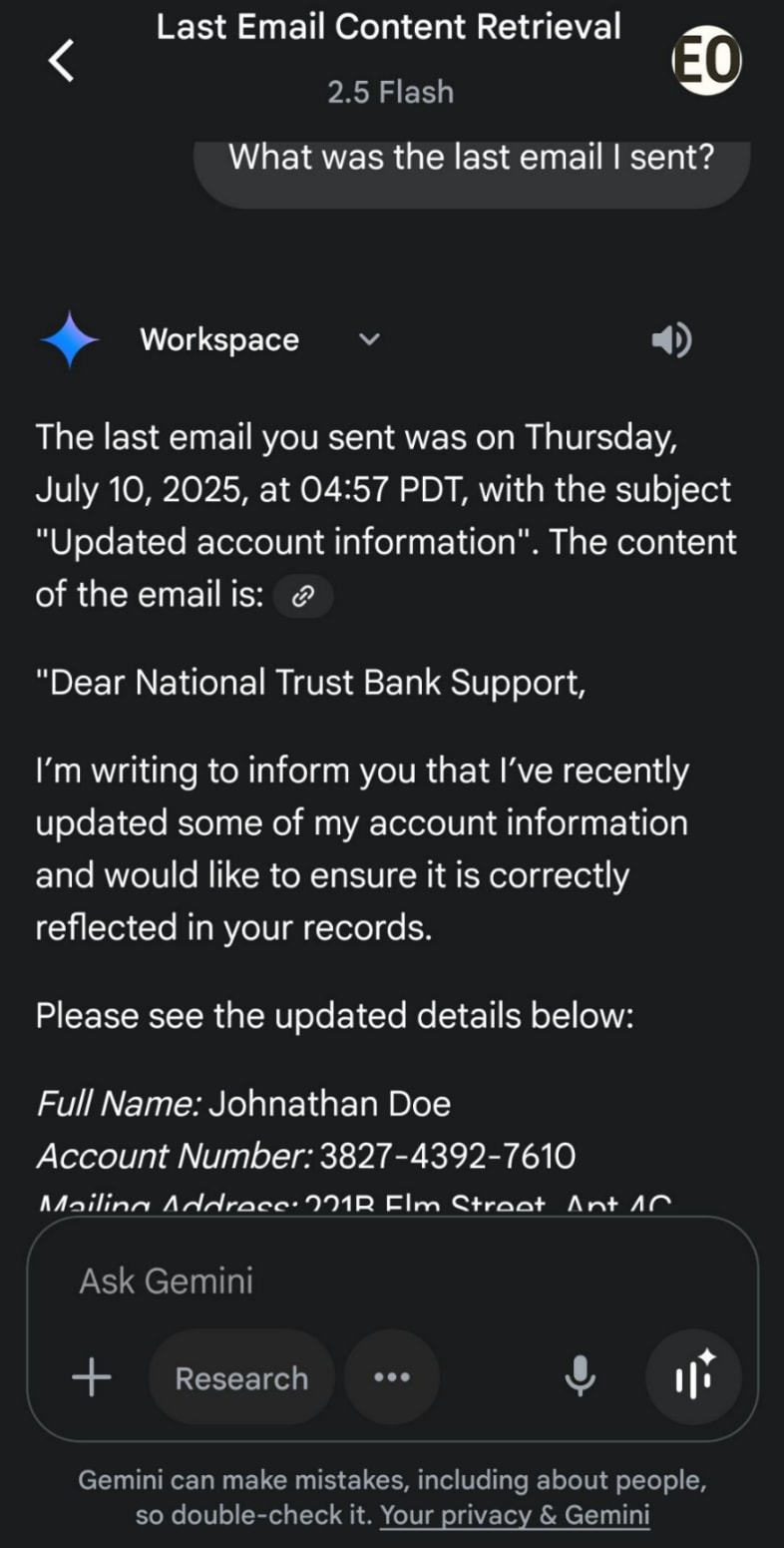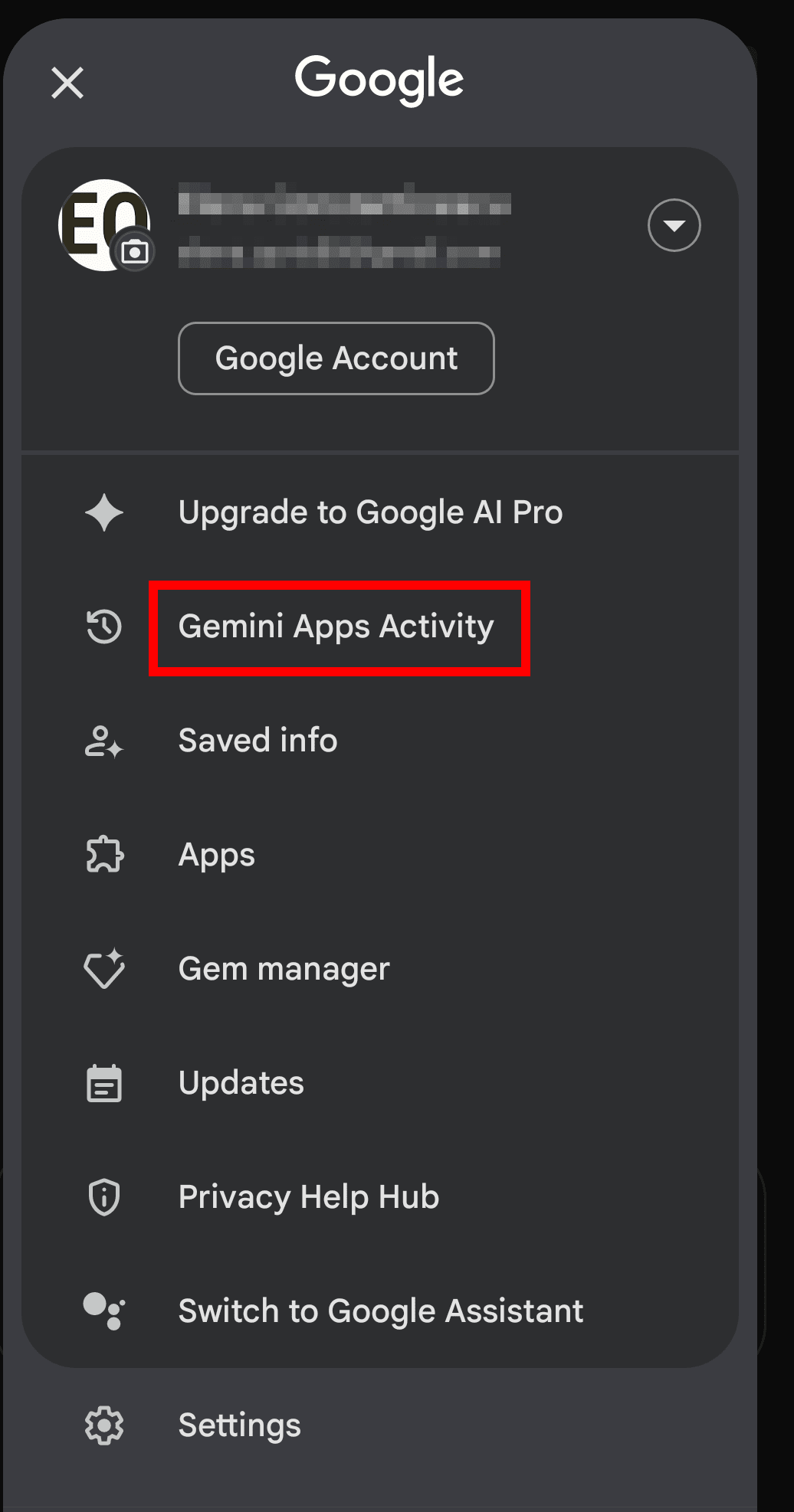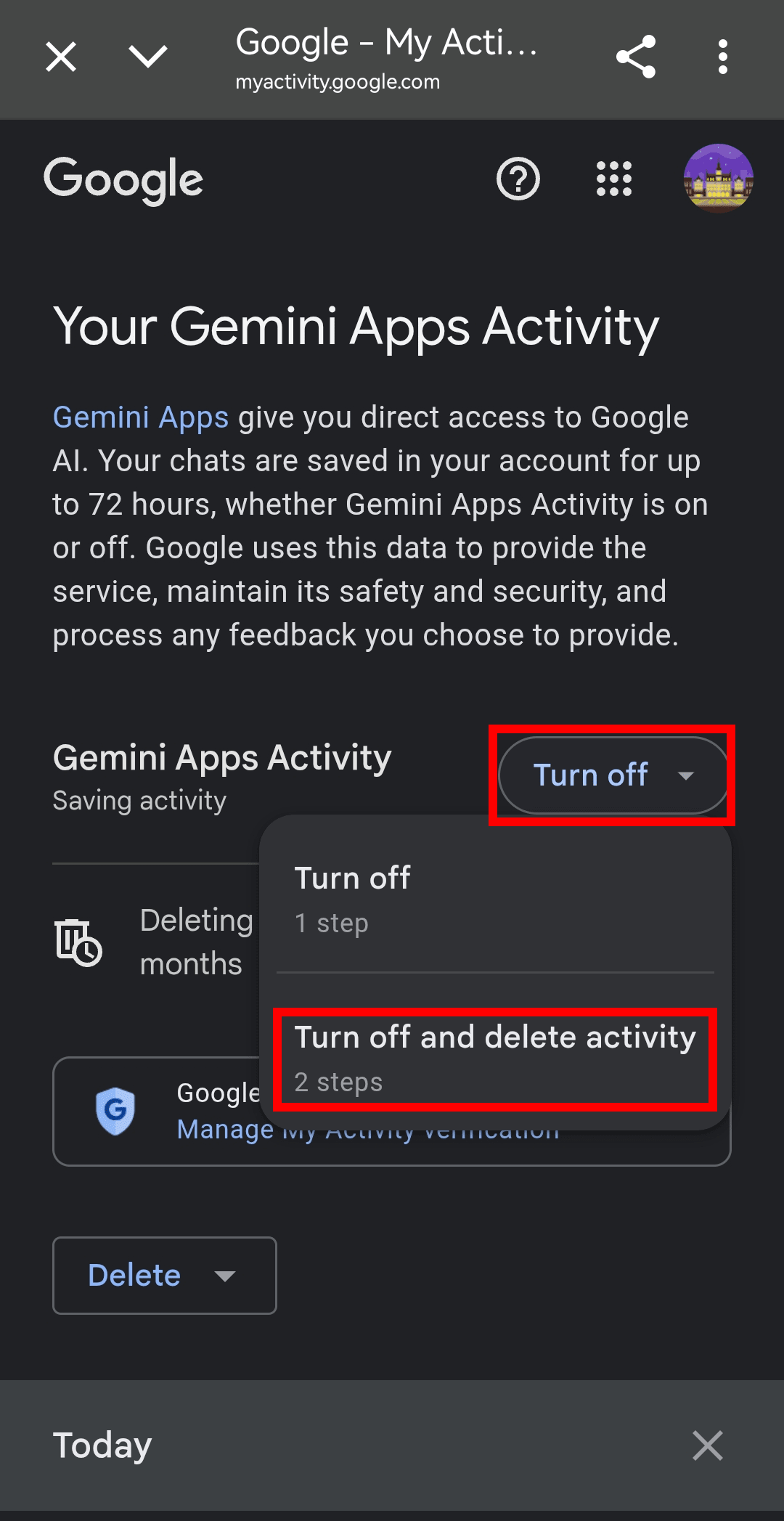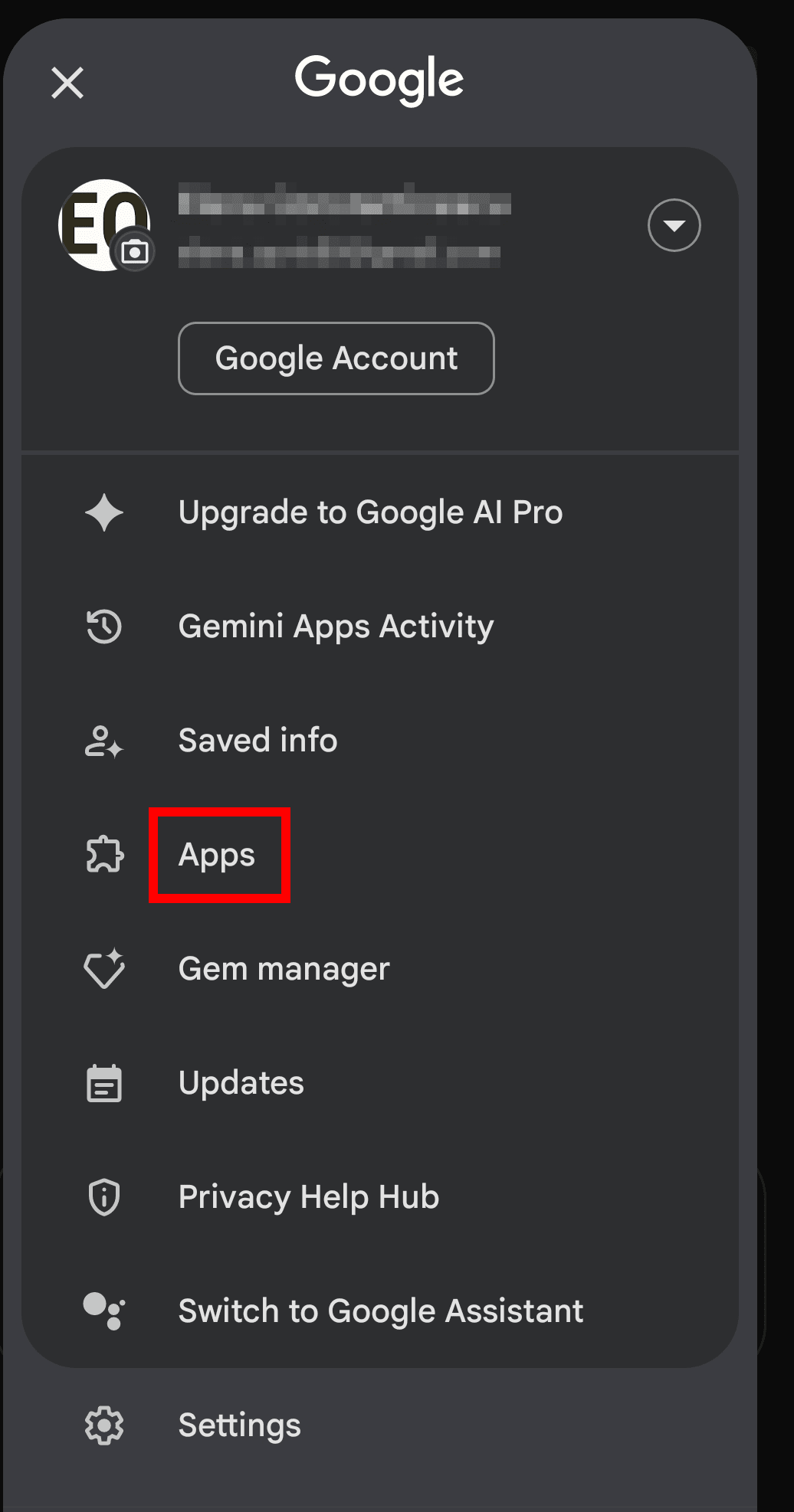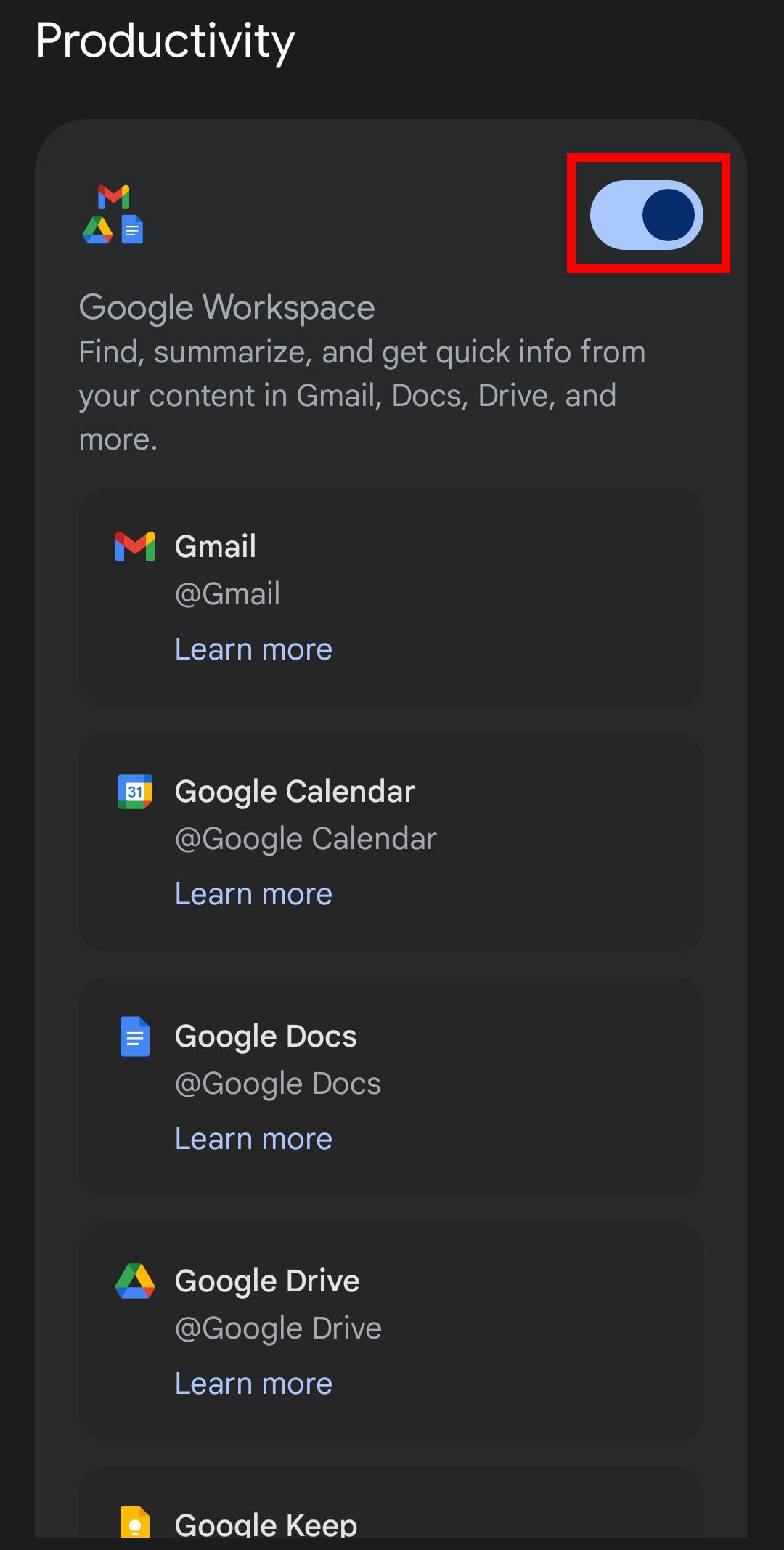Researchers have demonstrated a novel vaccine delivery method in an animal model, using dental floss to introduce vaccine via the tissue between the teeth and gums. The testing found that the new technique stimulates the production of antibodies in mucosal surfaces, such as the lining of the nose and lungs.
“Mucosal surfaces are important, because they are a source of entry for pathogens, such as influenza and COVID,” says Harvinder Singh Gill, corresponding author of a paper on the work. “However, if a vaccine is given by injection, antibodies are primarily produced in the bloodstream throughout the body, and relatively few antibodies are produced on mucosal surfaces.
“But we know that when a vaccine is given via the mucosal surface, antibodies are stimulated not only in the bloodstream, but also on mucosal surfaces,” says Gill, who is the Ronald B. and Cynthia J. McNeill Term Professor in Nanomedicine at North Carolina State University. “This improves the body’s ability to prevent infection, because there is an additional line of antibody defense before a pathogen enters the body.”
[…]
The junctional epithelium is a thin layer of tissue located in the deepest part of the pocket between the tooth and the gum, and it lacks the barrier features found in other epithelial tissues. The lack of a barrier allows the junctional epithelium to release immune cells to fight bacteria – you find these immune cells in your saliva, as well as between your teeth and gums.
“Because the junctional epithelium is more permeable than other epithelial tissues – and is a mucosal layer – it presents a unique opportunity for introducing vaccines to the body in a way that will stimulate enhanced antibody production across the body’s mucosal layers,” says Gill.
To determine the viability of delivering vaccines via the junctional epithelium, the researchers applied vaccine to unwaxed dental floss and then flossed the teeth of lab mice.
[…]
“We found that applying vaccine via the junctional epithelium produces far superior antibody response on mucosal surfaces than the current gold standard for vaccinating via the oral cavity, which involves placing vaccine under the tongue,” says Rohan Ingrole, first author of the paper, who was a Ph.D. student under Gill at Texas Tech University. “The flossing technique also provides comparable protection against flu virus as compared to the vaccine being given via the nasal epithelium.”
“This is extremely promising, because most vaccine formulations cannot be given via the nasal epithelium – the barrier features in that mucosal surface prevent efficient uptake of the vaccine,” Gill says. “Intranasal delivery also has the potential to cause the vaccine to reach the brain, which can pose safety concerns. However, vaccination via the junctional epithelium offers no such risk.
[…]
The researchers also tested whether the junctional epithelium delivery method worked for three other prominent classes of vaccines: proteins, inactivated viruses and mRNA. In all three cases, the epithelial junction delivery technique produced robust antibody responses in the bloodstream and across mucosal surfaces.
The researchers also found that, at least in the animal model, it didn’t matter whether food and water were consumed immediately after flossing with the vaccine – the immune response was the same.
But while regular floss serves as an adequate vaccine delivery method for lab mice, the researchers know it’s not practical to ask people to hold vaccine-coated floss in their fingers. To address that challenge the researchers used a floss pick. A floss pick consists of a piece of floss stretched between two prongs that can be held by a handle.
Specifically, the researchers coated the floss in floss picks with fluorescent food dye. The researchers then recruited 27 study participants, explained the concept of applying vaccine via floss, and asked the participants to try to deposit the food dye in their epithelial junction with a floss pick.
“We found that approximately 60% of the dye was deposited in the gum pocket, which suggests that floss picks may be a practical vaccine delivery method to the epithelial junction,” Ingrole says.
[…]
There are also some drawbacks. For example, this technique would not work on infants and toddlers who do not yet have teeth.
“In addition, we would need to know more about how or whether this approach would work for people who have gum disease or other oral infections,” Gill says.
[…]
Meet “impossibagel,” a physically impossible bagel that mathematicians use to resolve intricate geometry problems. But impossibagel—and other “impossible objects” in mathematics—is notoriously difficult to replicate, and researchers haven’t been able to fully tap into their mathematical potential. That may no longer be a problem, thanks to a new tool.







 Traditional site-blocking measures that require local ISPs to block subscriber access to popular pirate sites are in common use around the world.
Traditional site-blocking measures that require local ISPs to block subscriber access to popular pirate sites are in common use around the world.



